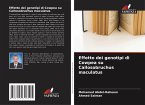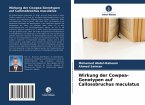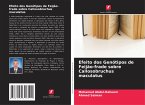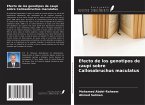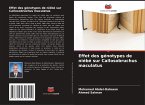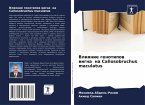Cowpea (Vigna unguiculata (L.) walp.) has been cultivated in many countries for many countries .It is one of the important food legume crops in the tropical and subtropical regions covering Asia, Africa, Southern Europe, Central and South America. (Sing and Jackai, 1985, Dioul, 2011).Cowpea is an essential component of cropping system in the drier region and marginal areas of the tropics and subtropics (Duke, 1990).It is a drought tolerant and warm weather crop well adapted to the drier regions where other food legumes do not perform well (Singh, 1987). It fixes atmospheric nitrogen through its root nodules and grows well in poor soils with more than 85% sand low organic matter and levels of phosphorus (Caswell, 1981). In addition, it is shade tolerant and therefore compatible as an intercrop with maize, millet, sorghum, sugarcane and cotton. Cowpea is consumed in many forms, young leaves, green pods and green seeds are used in various food preparations with high protein content, Cowpea is an supplement to cereal, root and tuber staples in the diets. Despite its importance in tropical regions, cowpea yield potential and seed quality is often reduced by insect pest¿s damage.


